We find the city of Ann Arbor, Michigan nestled in the Great Lakes region just outside of Detroit where bustling city life meets the tranquility of a highly sought-after college town.
Ann Arbor is a city of contradictions that beckons excited newcomers, college students, and families with young children looking for safe neighborhoods to settle down.
In this guide, we talk about some of the pros and cons of living in Ann Arbor and why over 400,000 residents continue to call the city their home.
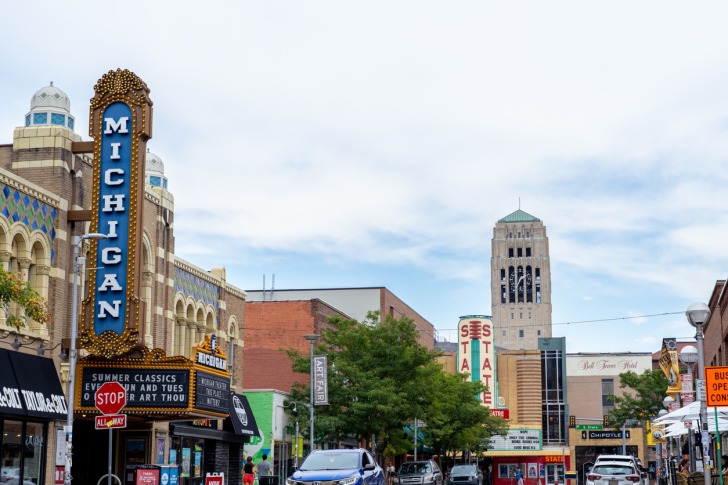
Contents
Pros of Living in Ann Arbor, Michigan
1. Home of the University of Michigan
One of the first things most newcomers recognize about the city of Ann Arbor is that it is the home of one of the nation’s most well-respected universities — The University of Michigan.
Wolverine pride runs high in this suburban community where high schoolers and parents of elementary-aged children look forward to seeing their kids graduate from UM.
2. Thriving Culture and Arts Scene
Along with being known as the home of the Wolverines, Ann Arbor is also known for its thriving culture and arts scene.
They host a variety of cultural festivals celebrating different traditions of residents throughout the year.
Residents and newcomers enjoy attending annual festivals like The Taste of Ann Arbor and the Ann Arbor Jewish Film Festival.
3. Abundance of Green Spaces
Residents and visitors to Ann Arbor in the warmer months enjoy visiting the Nichols Arboretum, Gallup Park, Island Park, and a host of other outdoor green spaces where local nature enthusiasts can relax, unwind, and feel the grass between their toes.
Local area parks and designated green spaces offer natural sanctuaries filled with lakes, rivers, streams, hiking trails, picnic areas, and local wildlife like butterfly gardens that leave visitors with a sense of peace and tranquility.
4. Excellent Healthcare Systems
One of the bigger perks of living in Ann Arbor is having access to excellent healthcare systems and services operated by the University of Michigan’s Healthcare System.
UMHS is consistently ranked among America’s top healthcare systems, including local area hospitals, clinics, and medical research facilities.
Local healthcare facilities feature the latest healthcare technologies and stay ahead of trends through research and innovative medical techniques that keep local area patients healthy and thriving in this vibrant community.
5. Diverse Culinary Scene
Ann Arbor adds a diverse culinary scene with a variety of healthy dining options to its commitment to excellent education and outstanding healthcare systems.
The city is dedicated to sustainability and features tons of farm-to-table dining options serving up locally grown and sourced ingredients.
It has a variety of restaurants servicing ethnic cuisine, vegan and vegetarian options, and food trucks dishing up a variety of local favorites.
Residents and guests can also discover new favorite foods at local bakeries, cafes, breweries, distilleries, food markets, and festivals.
6. Economic Growth Opportunities
Newcomers to Ann Arbor often find the city has a strong and diverse economy that features a thriving job market and strong support for local entrepreneurial spirit.
The University of Michigan is one of the area’s largest employers, offering local employment seekers a variety of job opportunities with a stable economic giant.
The city is also rapidly becoming known as a hub of technology and innovation, with a large number of startups and technology companies opening their offices in the area.
Employment seekers and entrepreneurs have access to a wealth of economic opportunities in these industries along with the medical, healthcare, and automotive sectors, which Michigan is famously known for.
7. Bike-Friendly Neighborhoods
Avid cyclists who enjoy riding their bikes around the city can find an extensive network of bike lanes, bike-friendly streets, and bike-friendly public transportation options in the city of Ann Arbor.
Local engineers designed the town with a bike-friendly infrastructure that makes it easy for cyclists to reach their destinations, whether riding their bikes to work, home, school, or for fitness.
Ann Arbor offers bike-sharing programs, which make it even more convenient for locals to hop on a bike for their everyday transportation and fitness needs.
8. Quality Education Systems
Ann Arbor is known for its excellence in education at the K-12 and university levels.
The Ann Arbor Public Schools comprises a network of highly sought-after elementary, middle, and high schools that ready students for thriving careers or entry into the University of Michigan for their college education.
AAPS has a comprehensive curriculum with a variety of advanced placement courses and an abundance of extracurricular activities that give students a well-rounded educational and social foundation.
Cons of Living in Ann Arbor, Michigan
While the city of Ann Arbor offers many advantages for residents, visitors, and newcomers alike, it also has its downsides, like any other major US city.
Following are examples of some of the cons of living in Wolverine Country.
1. High Costs of Living
Newcomers looking for housing in Ann Arbor will quickly notice that the costs of living in this suburban paradise are drastically higher than those of similar-sized US cities.
Housing costs in Ann Arbor are reported to be higher than most other cities in the entire US, making affordable housing options limited.
Property taxes in this area also run incredibly high as they support the network of education, healthcare, and community services that make this city such a thriving oasis.
2. Extremely Harsh Winters
New residents moving to Ann Arbor from warmer climates will immediately notice a stark contrast in temperatures during Michigan’s harsh winters.
The city can experience sub-freezing temperatures, heavy snowfall, and icy or freezing rain that can make roads feel impassable and cause extensive delays in reaching home, work, or school during winter.
Extreme wind chill factors can make sub-freezing temperatures seem even colder than they actually are and leave unprepared residents running for warm shelter.
3. Traffic Congestion
Another one of the downsides of living in Ann Arbor is its extreme traffic congestion during rush hour and peak times.
The city experiences noticeable traffic congestion during the morning and evening rush hour that can leave residents sitting in bumper-to-bumper traffic on 1-94, US-23, and M-14, which are the main thoroughfares around the city.
Traffic congestion is also more of a problem when school is in session at the University of Michigan.
Influxes of students at the beginning of each new semester place more cars on already congested roads, leading to longer drive times.
4. Competitive Housing Markets
High costs of living and housing costs in the area make Ann Arbor’s markets highly competitive.
Renters and newcomers to the city may have trouble finding affordable housing for rentals and home ownership, which can lead to high levels of stress and competition for any affordable housing options that become available in this limited and expensive market.
5. University Influence
While many locals love living so close to the University of Michigan, others aren’t so excited about the school’s proximity.
Residing near one of the most popular universities in the country can lead to issues with traffic and parking in local neighborhoods when school is in session.
The by-products of bustling college life can negatively impact older residents and residents with families.
Common complaints include residential noise disruptions that keep some frustrated residents awake into the wee hours of the night.
6. Allergens
High levels of allergens, including pollens, molds, spores, and ragweed, can trigger sinus issues and allergic reactions in residents who are physically affected by these allergens.
Area residents susceptible to seasonal allergies and allergic reactions often complain of sinus pressure, itchy and watery eyes, and dry coughing, which can reduce their quality of life during high allergy episodes.
High allergen levels can also discourage some residents from staying indoors and avoiding going outside as they seek shelter from allergy-aggravating conditions.
7. Lack of Diversity
Lack of diversity in the city’s population can lead to ethnic and racial disparities in income, housing, education, and other economic opportunities.
Some minority residents have reported experiencing incidents of microaggressions and discrimination that can reduce their quality of life in the area.
Disparities in education and healthcare systems for minorities can lead to issues with poorer health and lower educational outcomes for minority residents and students.
8. Limited Parking and Public Transportation
Ann Arbor is a bustling and vibrant community that is home to almost 400,000 residents.
Limited parking spaces, costs of parking, and the need for residential parking permits can make finding adequate parking at home, school, and local amenities feel like a nightmare for some residents and tourists.
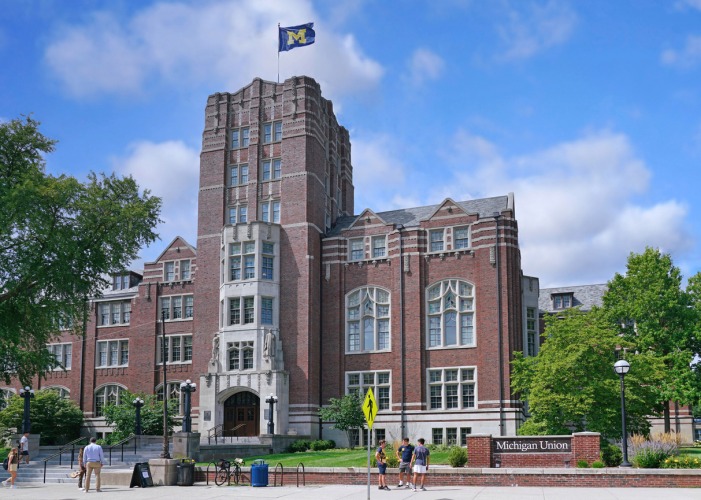
Pros and Cons of Living in Ann Arbor, MI – Summary Table
| Pros of Living in Ann Arbor, Michigan | Cons of Living in Ann Arbor, Michigan |
|---|---|
| 1. Home of the University of Michigan | 1. High Costs of Living |
| 2. Thriving Culture and Arts Scene | 2. Extremely Harsh Winters |
| 3. Abundance of Green Spaces | 3. Traffic Congestion |
| 4. Excellent Healthcare Systems | 4. Competitive Housing Markets |
| 5. Diverse Culinary Scene | 5. University Influence |
| 6. Economic Growth Opportunities | 6. Allergens |
| 7. Bike-Friendly Neighborhoods | 7. Lack of Diversity |
| 8. Quality Education Systems | 8. Limited Parking and Public Transportation |
Ann Arbor Safety Overview
READ THE FULL REPORT: Ann Arbor Safety Review
Safety Index: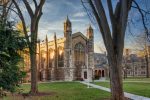
- OVERALL RISK: MEDIUM
- TRANSPORT & TAXIS RISK: MEDIUM
- PICKPOCKETS RISK: MEDIUM
- NATURAL DISASTERS RISK: MEDIUM
- MUGGING RISK: MEDIUM
- TERRORISM RISK: LOW
- SCAMS RISK: MEDIUM
- WOMEN TRAVELERS RISK: MEDIUM
Frequently Asked Questions
Why are the costs of living in Ann Arbor, Michigan so high?
Ann Arbor is home to excellent schools, safe neighborhoods, loads of local amenities, and an excellent healthcare system.
Residents pay higher costs of living for rent, mortgage, and property taxes that help cover the costs of these services.
What are the major drawbacks of living in Ann Arbor?
Some major drawbacks of living in Ann Arbor include a high cost of living, traffic congestion, and harsh winters that can leave some newcomers running for the hills.
How do residents cope with the harsh winters in Ann Arbor?
Winters in Ann Arbor often arrive with sub-zero temps, mountains of snow, and icy roads, so preparation is key.
Residents cope by using adequate heating sources to warm their homes during winter and engaging in satisfying indoor activities.
Some locals subscribe to snow removal services, use garages, and equip their vehicles with winter tires to help them brave the icy elements.
How good is the school system in Ann Arbor?
As home to the University of Michigan, Ann Arbor’s public schools rank high among the nation’s best.
The district provides a comprehensive curriculum, robust learning opportunities, and extracurricular educational opportunities that set area students up for success.
Are there any affordable housing options for newcomers to Ann Arbor?
The cost of living in Ann Arbor is one of the highest in the nation.
While there are limited options for affordable housing available, new home buyers and renters may encounter challenges when seeking affordable rentals and home prices.
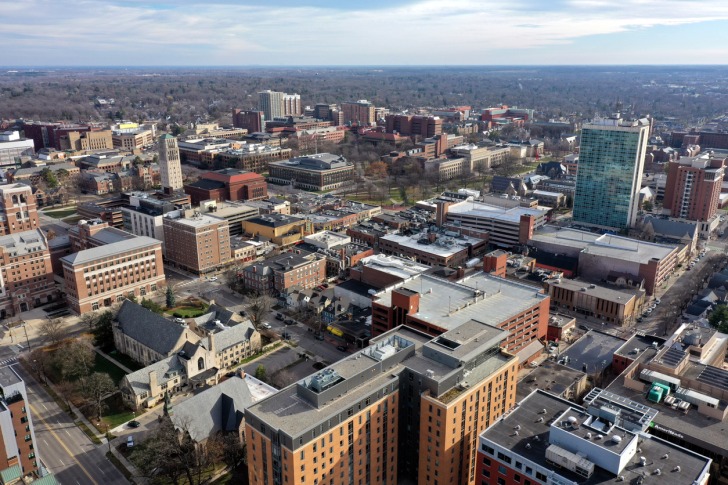
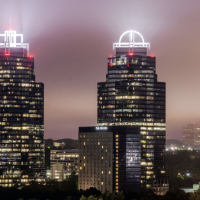
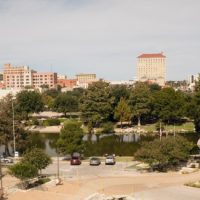
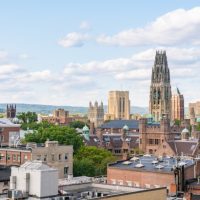








Living in Ann Arbor, MI is a unique blend of city and college town life with excellent education systems, diverse culinary scene and green spaces to enjoy; however the high cost of living, harsh winters and traffic congestion can be challenging.
Ann Arbor, MI offers a thriving culture and arts scene, abundant green spaces, excellent healthcare systems, diverse culinary options, economic growth opportunities with a strong job market and entrepreneurial support. However, it also has high costs of living and housing prices, harsh winters with extreme temperatures and heavy snowfall causing traffic congestion on main roads during rush hour.
Additionally there is competitive housing markets due to limited affordable options in an expensive market; university influence can lead to issues such as noise disruptions from students; high levels of allergens may trigger sinus issues for some residents; lack of diversity can result in disparities in income and education opportunities for minority populations; limited parking spaces make finding adequate parking difficult.